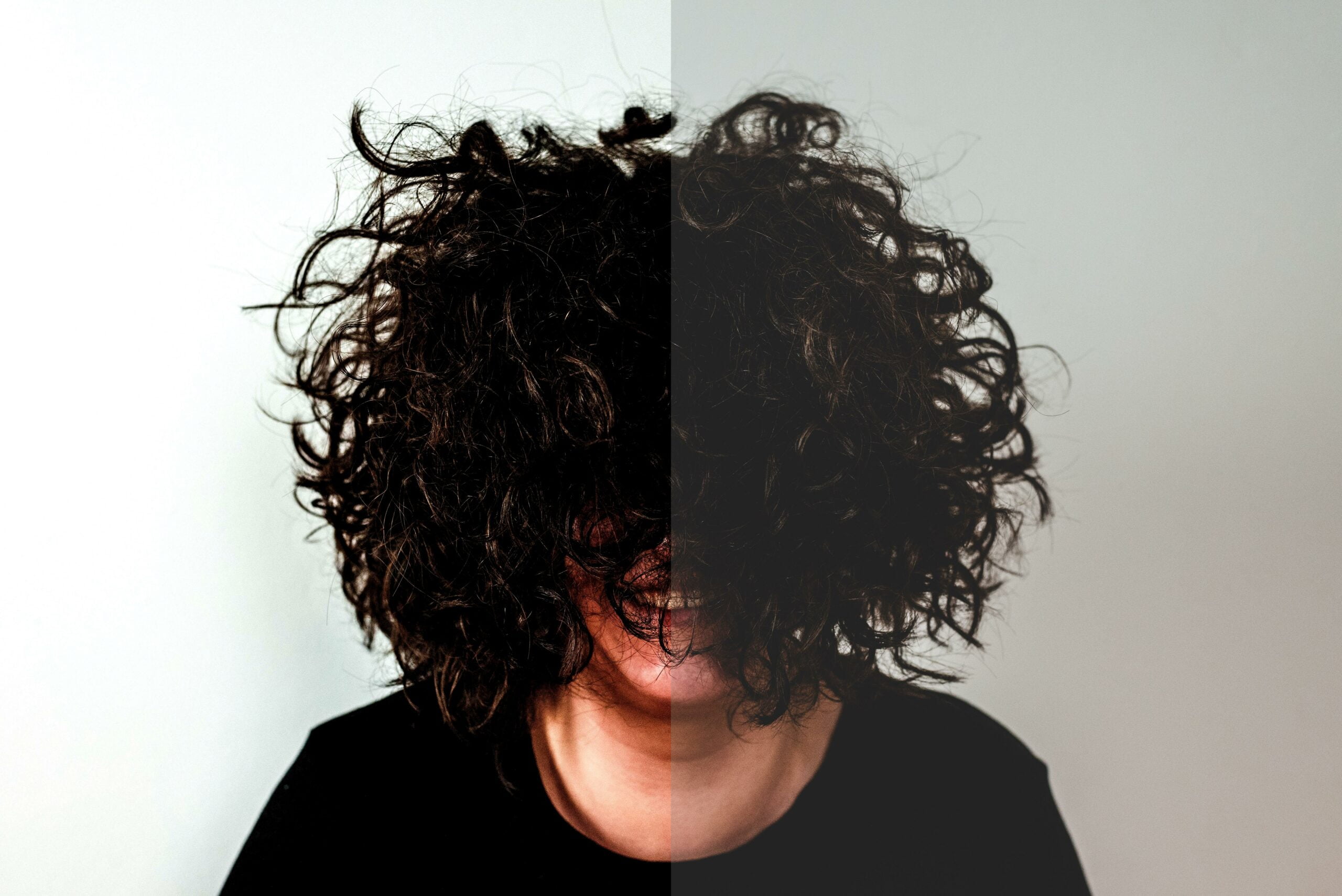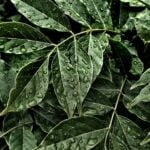Are you ready to embark on a journey through the mesmerizing world of nature’s curly wonders? Brace yourself for a captivating exploration of the intricate spirals and coiling tendrils that adorn the natural realm. In this article, we will peel back the layers of mystery surrounding these curly structures and delve into their awe-inspiring beauty and fascinating functions. From the mesmerizing spirals of seashells to the enchanting tendrils of plants, prepare to be amazed as we uncover the secrets behind the fascinating phenomenon of curly structures in nature.
Curly Structures in Nature
Nature is home to a diverse range of fascinating patterns and structures, and one of the most intriguing among them is the curl. From the graceful spirals of seashells to the coiling tendrils of plants, curly structures can be found all around us. These exquisite formations not only captivate our eyes but also serve a variety of important functions in the natural realm. Let’s delve into the captivating world of curly structures in nature and uncover their fascinating beauty.
The Curvature of Life
Have you ever wondered why some chameleons have curled tails or why pinecones exhibit a mesmerizing spiral pattern? These are just a few examples of curly structures that nature has to offer. Researchers at the University of Cambridge have been studying these remarkable formations and have identified a new mechanism that drives the development of form and structure in both natural and artificial materials. Their findings shed light on the intricate processes that govern the creation of curly structures in nature.
“Curly structures in nature are not mere accidents; they are the result of a delicate dance between forces and materials, showcasing the marvels of natural design.”
Curly Hair: Unraveling the Science
Curly hair is not just a matter of fashion or personal preference; it is a topic that has attracted significant scientific interest. Researchers have delved into the mysteries of why hair fibers curl, their appearance, and their behavior. In particular, curly hair of African descent has been studied extensively, revealing distinct correlations between the degree of curliness and certain physical features such as diameter and elastic limit.
“Curly hair is not just a hairstyle; it is a phenotype with its own unique physical, biological, mechanical, and chemical characteristics, offering a complexity that warrants exploration.”
Revealing the Fascinating World of Curly Fibers
The study of curly fibers goes beyond an appreciation for their aesthetic appeal. Understanding the phenotypical nature of curly fibers holds broader implications within the field of hair research. Curly hair follicles have a curved contour and exhibit asymmetry in both shape and cellular distribution. These subtle variations contribute to the diverse patterns and structures that characterize curly hair. By unraveling the mysteries behind curly fibers, scientists are gaining valuable insights into the intricacies of hair formation and function.
“Curly fibers offer a rich tapestry of beauty and complexity, inviting us to investigate the fundamental processes that shape our most distinctive feature.”
Curvature-Induced Symmetry Breaking
The concept of curvature-induced symmetry breaking is not confined to biology alone; it plays a vital role in determining elastic deformations and surface patterns in a wide range of materials. Crystals, for instance, can exhibit unique curved shapes, giving rise to wavy or curly structures. The study of these materials provides valuable insights into the influence of curvature on the properties and behavior of various structures, both natural and artificial.
“Curvature has a transformative effect, breaking symmetry and giving birth to remarkable patterns and structures in materials, showcasing the power of nature’s artistic touch.”
Unveiling the Secrets of Curly Birch Trees
In the realm of botany, curly birch trees stand out as a captivating example of curly structures in nature. These beautiful trees possess a specific patterned wood trait controlled by the nuclear genome. Their unique curly wood grain is a result of subtle genetic variations that contribute to their rarity and present challenges for their regeneration. Studying the genetics and traits of curly birch trees provides valuable insights into the mechanisms that govern the formation of curly structures in the plant kingdom.
“Curly birch trees, with their mesmerizing wood patterns, offer a glimpse into the delicate interplay between genetics and nature’s artistic flair.”
The Artistry of Curly Films
In the realm of materials science, curly films exhibit a striking beauty and complexity. These films form spontaneously and display hierarchical structures with porous network-like microstructures on their outer surface. The discovery of these distinctive patterns and structures has sparked further exploration into the mechanisms underlying their formation. By delving into the artistry of curly films, scientists hope to unlock secrets that can be harnessed for various applications, from advanced coatings to biomedical devices.
“Curly films unveil a hidden world of intricate structures, inviting us to explore their artistic beauty and extraordinary functional potential.”
Curly structures in nature are not just visually captivating; they embody the wonders of natural design and hold valuable insights into the processes that shape our world. From understanding the complexity of curly hair to unraveling the secrets of curly birch trees, each discovery brings us one step closer to appreciating the awe-inspiring beauty and fascinating functions of these extraordinary formations. So next time you encounter a curly structure in nature, take a moment to marvel at the intricate patterns and the intricate stories they have to tell.
Curly Things In Nature – explore the wonders of nature’s captivating curls! From elegantly spiraling vines to whimsical corkscrew-shaped branches, there is a mesmerizing beauty in the curly patterns found in our natural surroundings. Step into a world where nature’s twists and turns inspire awe and fascination. Click here to embark on a journey through the enchanting realm of curly things in nature: Curly Things In Nature
FAQ
Question 1
What are some examples of curly structures in nature?
Answer 1
Nature presents a diverse range of curly patterns, including the curl of a chameleon’s tail, the spiral of a pinecone’s scales, and the ripples formed by wind moving grains of sand.
Question 2
What is the significance of curly hair research?
Answer 2
Curly hair research investigates the reasons behind fiber curling, as well as the appearance and behavior of curly hair. The degree of curliness in curly fibers of African descent can vary, and it is correlated with certain features like diameter and elastic limit. Understanding these phenotypical characteristics is crucial within the broader context of hair fibers.
Question 3
How do curly structures contribute to the development of form and structure in artificial materials?
Answer 3
Researchers at the University of Cambridge have discovered a new mechanism driving the development of form and structure in artificial materials. Curvature-induced symmetry breaking plays a role in determining elastic deformations and surface patterns. Wavy or curly structures in materials, such as crystals, exhibit unique curved shapes, allowing for distinctive properties and functions.
Question 4
What is the role of curli subunits in assembly and substrate recognition?
Answer 4
Curli biogenesis involves the architectures of curli subunits CsgA and CsgB. These subunits play a crucial role in the assembly and substrate recognition of curli, contributing to the development of curly structures. Understanding the mechanisms behind curli assembly can advance our knowledge of natural and artificial materials.
Question 5
In what ways do curly birch trees exhibit unique traits?
Answer 5
Curly birch trees possess specific patterned wood traits controlled by the nuclear genome. They have distinctive survival and phenotypic traits, which contribute to their rarity and present challenges for their regeneration. Exploring the genetic and environmental factors influencing these traits offers insights into the fascinating world of curly structures in the natural realm.












